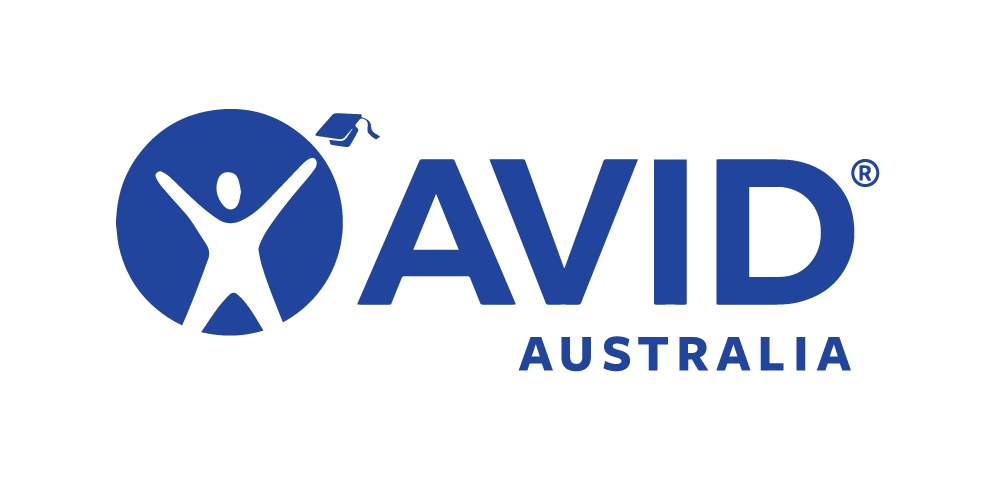Advice, tips and resources to help parents and carers support their child’s continuity of learning from home.
About learning from home
When you start to think about helping your child to learn from home, remember that no one expects you to be a subject matter expert or teacher. The most important thing you can do is to continue to provide comfort, support and encouragement to your child.
You can help your child to learn from home by working with their school and supporting your child as they undertake the activities provided.
How the school will support your child
We will:
-
-
- communicate with you and your child about teacher responsibilities and what you and your child need to do
- communicate with you and provide learning activities for your child to do at home via Connect
- use their normal communication tools such as their website, newsletters, emails and other online tools
- provide technical support with devices, as needed.
-
Access to computer devices and internet
If you do not have internet access at home, for example, if you live in an area without 4G reception, contact us via email to request materials that do not require online access. These can be mailed to your child, or you could collect them. Completed tasks can be returned in the same way.
Your child’s responsibilities during remote learning
Your child’s responsibilities include:
-
-
- regularly monitor digital platforms for announcements and feedback from their teachers
- do their best work by completing tasks with integrity and academic honesty
- do their best to meet timelines and due dates
- communicate openly with their teachers and tell them if they have any concerns or issues
- collaborate and support their classmates
- continue to abide by the College’s behaviour guidelines.
-
How can you support your child?
You can support your child by:
-
-
- having a routine and setting expectations
- making sure your child has a space to work in
- providing a level of supervision suitable to your child’s stage of development
- monitoring communications from teachers
- checking in with your child often to help them manage and pace their work
- monitoring how much time your child is spending online.
-
On a practical level, the NSW Government has developed a Learning Environment Checklist to guide parents/carers in setting up a home learning environment, which includes creating a quiet and comfortable learning space suitable for extended learning.
Setting up a learning environment
Every home is different but it’s important to provide a quiet and comfortable space in which to learn.
Where possible, extended learning should take place in a space your family shares. For example, a lounge room or dining room. These spaces are preferable over a bedroom, where your child can feel isolated and supervision can be more challenging.
It should be a place:
-
-
- that can be quiet at times
- that has a strong internet signal, if possible
- where you or another adult is present as you would normally when your child is online, dependent on age.
-
Establishing routines and expectations
Start and end each day with a check-in to help your child:
-
-
- clarify and understand the instructions they get from their teachers
- help them organise themselves and set priorities for their learning at home.
-
A healthy daily routine is great for mental and physical health, as well as concentration and learning.
Encourage regular exercise breaks. This might mean going for a walk, using exercise DVDs and apps, dancing, floor exercises or using home exercise equipment.
Encourage healthy eating habits and make sure they drink enough water.













